The threshold of acceleration that corresponds to a concussion can be set by the user. There are various numbers that appear in the literature that are likely to result in a concussion. To download the raw data off of the device, a "docking station" with pogo pins is used to make contact with the test points located on the back of the device, just below the battery. This saves the cost and space of a connector.
Impact
Millions of young athletes get concussions each year and 50% go undiagnosed, leading to brain injury. Impact detects these events early.
 Hunter Scott
Hunter Scott
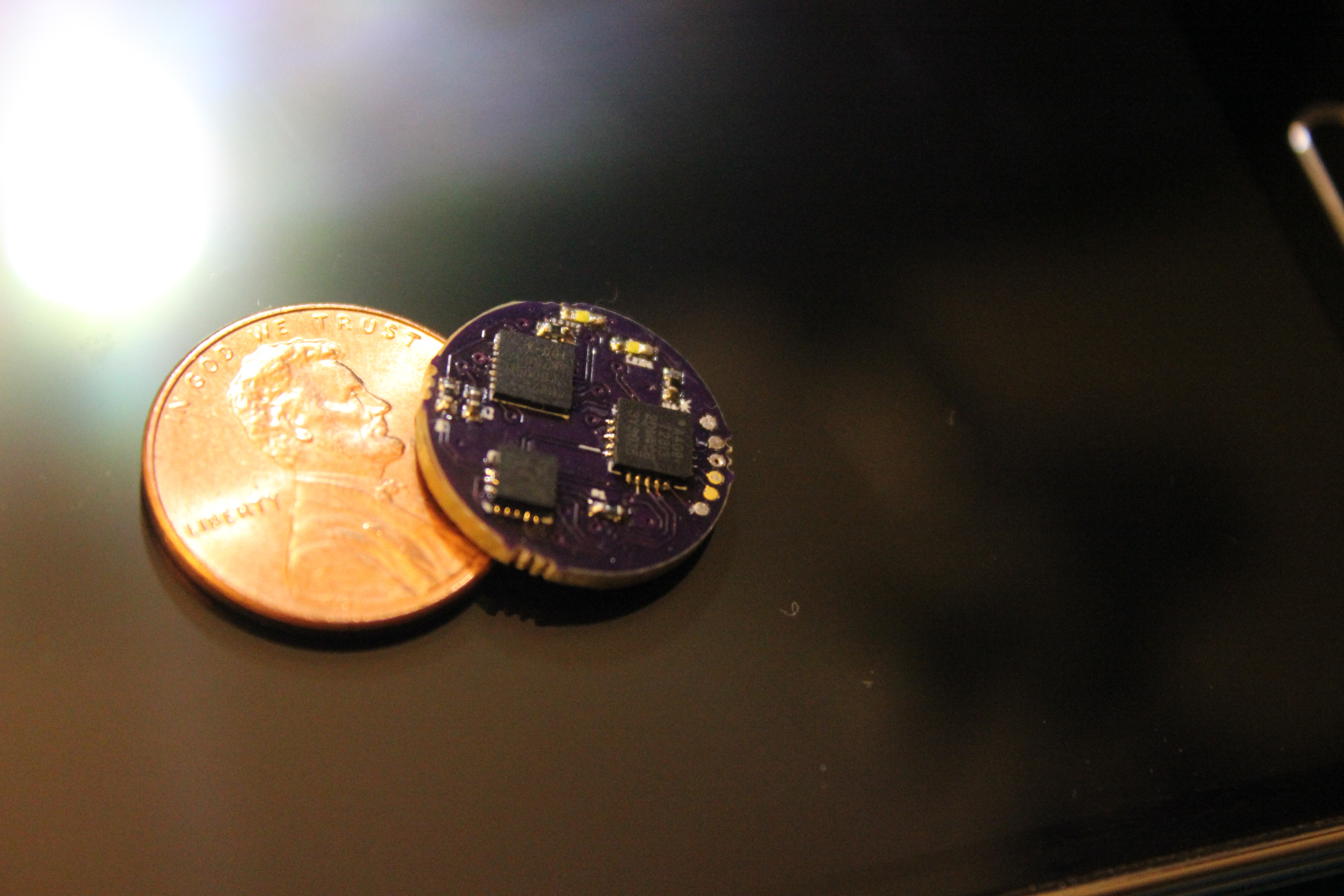
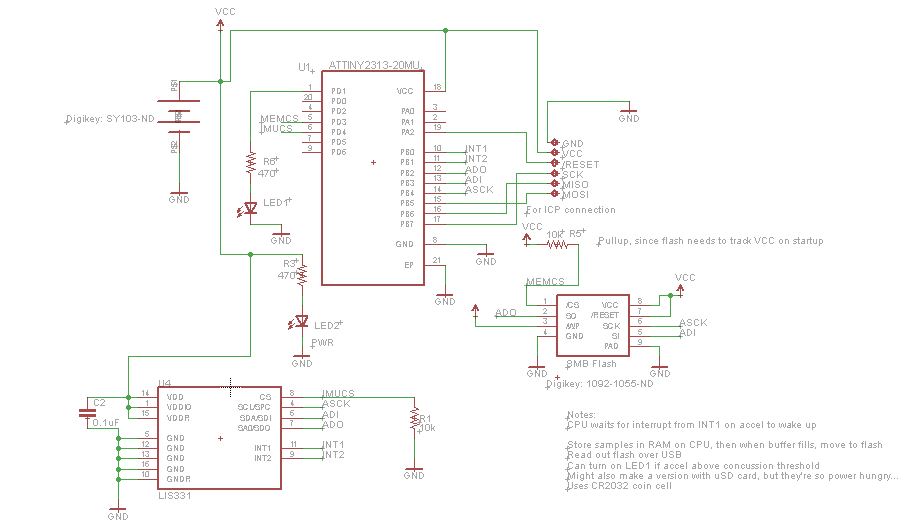






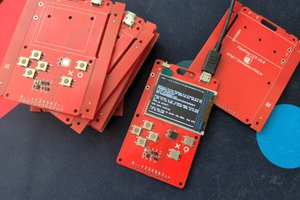
 deʃhipu
deʃhipu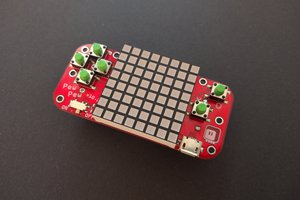
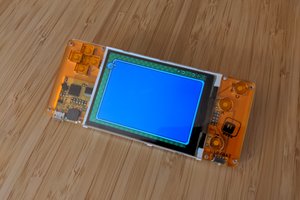

 Jean Simonet
Jean Simonet
https://sportzfytvapp.com/